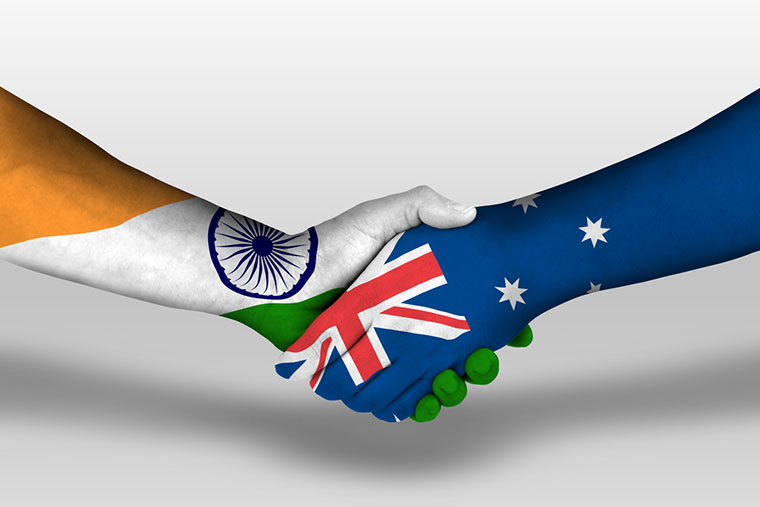An international research team, led by Washington University in St. Louis, studied vocal expressions uttered by people in the United States, Australia, India, Kenya and Singapore, and found that people were better at judging emotions from fellow countrymen.
In a separate study, researchers discovered that Aussies and Indians could read each other pretty well despite cultural barriers.

So when one native inflected differently on phrases, a person from the other country knew how to interpret the utterer’s emotions via non-verbal language or expressions: anger, fear, happiness, pride, relief, sadness, serenity and shame. No matter the emotion, the words spoken were constant: Let me tell you about something, or That is exactly what happened.
“The way they interpreted emotional expressions, they tended to be the same,” said Hillary Anger Elfenbein, the John K. Wallace, Jr. and Ellen A. Wallace Distinguished Professor and professor of Organizational Behavior at Olin Business School.
Elfenbein, a noted researcher in emotional intelligence (EI), was a co-author on this study published earlier in Royal Society Open Sciences. “(Their interpretations) were almost universal, which is an important finding that fits with existing work from my own team and others that shows a lot of emotion is universal,” she said.
This particular Australian-Indian finding differed from the previous research by Elfenbein along with Petri Laukka of Stockholm University and Nutankumar S. Thingujam of Sikkim University in India. That group found participants were better at judging emotions from their own countries. In this study, joined by Henrik Nordström of Stockholm University and Emery Schubert of the University of New South Wales, they looked not at the emotion people believed the actors were expressing, but rather at the intent they believed was behind it.
In detailed analyses, 90 Australians and 40 Indians, all at a mean age between 21 and 22 (primarily students from New South Wales and Sikkim) were played audio clips of professional actors from each of the countries making the two aforementioned statements in English. (While English was the primary language of the Australians, the Indian group reported as primary tongues Nepali, Assamese, Hindi and Tibetan but were fluent in English.) The actors were instructed to enact scenes associated with anger, fear, happiness, pride, relief sadness, serenity and shame.
The scenarios were judged across multiple computational platforms, including Bayesian analyses and other ratings previously used by Elfenbein in EI research. Different from previous cross-cultural research on emotion reception, the participants didn’t judge the emotion categories but instead offered ratings across many dimensions that appraised such things as novelty, intrinsic pleasantness, goal conduciveness, urgency and power. Of 96 comparisons, 17 (18 percent) supported a difference between listener cultures and 61 (64 percent) supported no difference.
“It’s always a surprise when you get nearly no cultural differences,” Elfenbein said. “You expect every culture to have its own style. Especially something like this, how to interpret when we hear somebody’s voice. I didn’t quite expect it to be so similar.”



